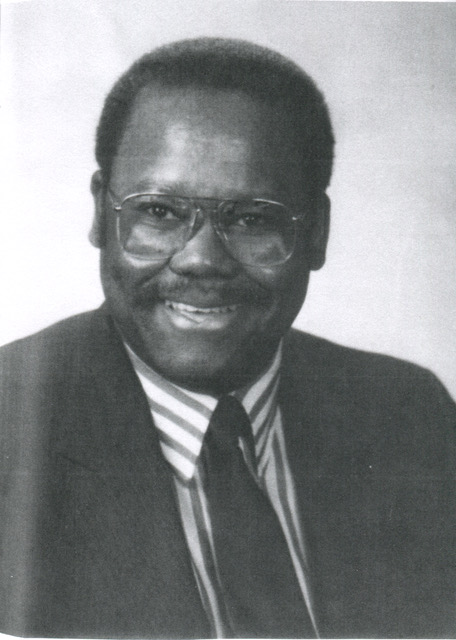
Robert L. Brown Broke Color Barriers
Submitted by Al Shipley, City Historian and Rahway Library Research Consultant
A little more than sixty years ago, in August 1960, Robert L. Brown was hired by the Rahway Board of Education to teach seventh grade history at Roosevelt Elementary School. In a career that would last thirty-one years (1960-1991), Mr. Brown would become a trailblazer when he was appointed to numerous positions in the school system that had never before been filled by a person of color. Mr. Brown, who sadly passed away on December 27, 2020, was an outstanding educator, a role model to imitate, and a man to be remembered as Black History Month is observed.
After attending East Side High School in Newark and later Jersey City State College, where he received a B.A. in Social Science, Mr. Brown came to Roosevelt School at the start of the 1960-1961 school year. By the early sixties, the Board of Education was just beginning to hire Black educators and Mr. Brown became one of the first to be assigned to Roosevelt. His excellence in the classroom was quickly noted and after having received a Master’s Degree from Montclair State College he was transferred to the newly opened junior high school in 1964 to serve as Department Chairperson of Social Studies. His appointment marked the first time in the history of Rahway schools that a member of the minority was named to chair a department.
An important accomplishment made by Mr. Brown while chairperson was his work on a “Resource Guide for the Study of the Negro” (sic) compiled in 1968. The guide was an anthology of the many contributions made by Black men and women to the development of the United States. In the work, he outlined the successes of Black scientists, artists, writers, musicians, athletes, and those from the business world. Mr. Brown stated in his introduction, “The purpose of this resource guide is to help teachers take the first step in increasing their knowledge and understanding of the American Negro” (sic). He felt strongly that all educators had a very important responsibility in teaching the youth of the country and there was a need “As Americans and human beings to learn to appreciate, respect, and understand each other.”
In 1973 Mr. Brown was transferred back to Roosevelt School to assume the position of Assistant Principal, another first for a person of color. A year after his return to Roosevelt, he was again transferred, this time back to the junior high where he became the first Black Vice Principal of the larger campus. He would remain at the junior high until 1982 when he was promoted to the office of Assistant Principal at Rahway High, yet another first.
Mr. Brown’s next promotion came on April 7, 1986 when he was appointed the fourteenth principal in the history of the high school (a history that dates back to 1873) and the first principal of color. Retiring Principal Roy Valentine, who had served for seventeen years, said of his replacement, “Bob is an outstanding educator and one who will do a superior job. He is a top-flight man.”
As principal, Mr. Brown was an energetic, well-organized leader who seemed to never sit still. He was often heard to say, “There aren’t enough hours in the day.” His five years as principal, he retired in 1991, were marked with many initiatives and improvements. New courses were added to the curriculum, current courses were revised, and mid- term exams and finals were instituted. Opportunities for professional development were increased and higher standards for staff and students were fostered. Efforts were made to explore ways to build better communications with parents. More student involvement in activities and an increase in school spirit were encouraged.
Mr. Brown was a member of numerous professional organizations including president of his local and county principal’s association. He was a member of the New Jersey State Board of Governor’s for Principals and Supervisors and was also a member of the Inter-Scholastic Athletic Association of New Jersey.
An accurate assessment of Mr. Brown might best come from the students and staff members who were under his leadership. It was said that “He brought a human touch to a difficult position and always had a willing ear.” He was called “A figure of warmth and strength” and a leader who “brought about a new pride in our school.” He was a principal who always “guided young people in the right direction” and one who “put motivation in the hearts of students and staff.”
After his retirement, he returned to Georgia, his birth state, and became an active leader and teacher in the Zion Baptist Church in Marietta. A deeply religious man, he made service to others a consistent part of his life.
In a career that spanned over thirty years, Mr. Brown overcame many racial barriers and left a positive imprint on the Rahway School System as he focused on making a difference in the lives of his students.
